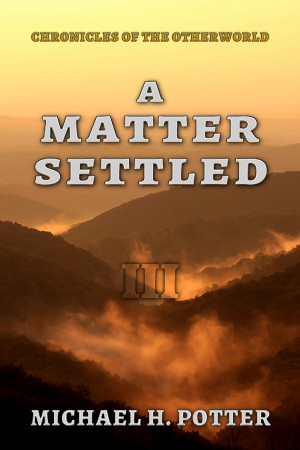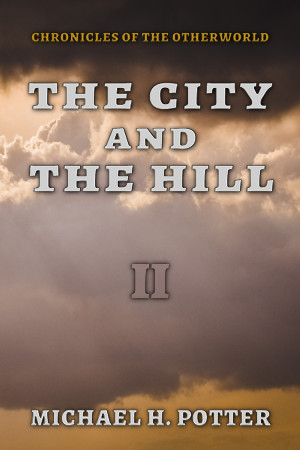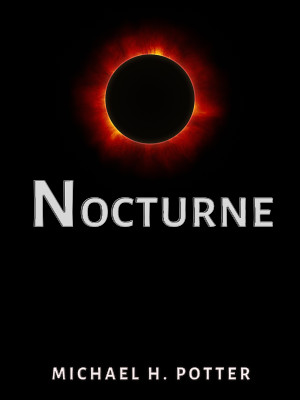Speech is a funny thing. It really is, if you think about it. Compared to written language, it’s a lot less fixed in form. When we talk, we don’t speak perfect English (or whatever your language is). The words we say sometimes bear little resemblance to those we write.
One of the ways the two forms of language differ is that spoken language tends to include a lot of “filler” words. Writing doesn’t need them (unless you’re recording dialogue, obviously), but they come into our speech naturally, because we can’t talk as fast as we can think. It’s common to stop speaking while we come up with the next words we want to say, but silence is uncomfortable and ambiguous, so dropping a meaningless syllable or two here and there helps keep the conversation moving.
Filling the gaps
Pretty much any language meant to be spoken is going to have filler syllables or words. They won’t always be the same, but they’ll be there. For English, we’ve got a sizable collection, ranging from neutral syllables (“er”, “uh”, “um”) to entire phrases lacking in actual content (“you know”, “you see”, “I mean”).
Grammatically, these words and phrases add nothing to a sentence. They don’t really have a part of speech, even if their constituent parts normally would. Nor do they have semantic content, though some can indicate by their presence a very subtle difference in mood. Beyond that, they serve no purpose but to fill a gap. In short, they’re just…there.
Curiously, filler syllables, like English “er” and “uh”, do tend to have a few things in common across linguistic boundaries. It’s by no means universal, but there are patterns to be found.
For one, these syllables tend to have “neutral” vowels: unstressed, short, lax, central. Middle of the road, if you will. Even those closer to the corners of the vowel space, like “ah” (/a/), won’t be emphasized. In five-vowel systems, /e/ seems to be the most common filler phoneme. Seven-vowel systems often use /ɛ/ or /ɔ/. If there’s a schwa phoneme (or even allophone), you’ll likely find it here.
The consonants used in filler syllables also show a slight pattern. Whatever they are, they don’t tend to have a lot of “force”. Like vowels, they’ll tend to be the lighter, weaker type of phone. Something like /h/ is common in languages that have it. (Probably the weakest filler of all is /hʌ/, “huh”. Amazingly enough, recent research suggests that it might be universal among human languages.) Other “weak” consonants, like /ɹ/, /l/, /j/, etc., can also show up, but you’re probably not going to find too many voiced stops.
For both vowels and consonants, it’s also possible that a filler syllable uses an allophone that isn’t normally found in the language. Languages with smaller vowel systems that lack reduction might still have fillers with a schwa. A consonant inventory lacking /h/ might still have “huh”. The sounds would be analyzed by speakers as variants of something else, of course, but filler doesn’t even have to follow the normal phonotactics: English “yeah” and “nah”, which have filler uses, both show a final /æ/, a combination of phone and position that occurs nowhere else in the lexicon.
Discourse
Moving on from syllabic filler, we come to the broader category of discourse particles. These include the fillers we saw above, but also a set of language-specific words that have meaning in other contexts, but lose it when used in this manner.
For English, we’ve got a good collection: “like”, “well”, “so”, and many, many more. All of these are actual words, and we use them often in other places, but they become meaningless filler with ease. Overused, they, among others, tend to indicate something amiss with the speaker; “like” and “you know” are stereotypical markers of low intelligence or immaturity, for instance.
Other languages have their own sets of discourse particles. Like filler syllables, these words and phrases do show some patterns. They tend to be made from utterances that already have little semantic content, or that don’t add appreciably to a sentence. “Like”, in translation, is very common, though this may be English influence showing up.
Construction
Discourse particles and other forms of filler are perfectly natural in spoken language. In writing, of course, they should be avoided, with the exception of recording actual speech, but they are not, in themselves, harmful. And if they are natural, then a conlang made to look natural might want to consider having them.
How best to make them? For filler syllables, it’s not too hard. “Huh” is possibly universal, and it can be used as an interrogative with nothing more than the proper intonation. Others are slightly harder, but look for the most neutral sounds your conlang has, and start with those. Central or mid-open vowels, approximants, nasals, nothing that requires much mouth effort. You might even think of a filler syllable as a kind of glide between words—like glide sounds, there’s simply not a lot of friction involved.
Actual words and phrases are a bit tougher. Again, look for those that already don’t do too much. Your conlang’s word for “like” might be a good start, as are simple demonstratives like “this” and “that”, colloquial forms of “yes” and “no”, and generic confirmation phrases such as “right”, “you know”, or “I said”. Here, the type of language you’re making will have some influence: isolating languages might be more likely to have longer filler phrases, especially if they have restrictive phonologies—in this case, all the “good” words are already in use.
However you do it, remember that the point of filler words is to be, well, filler. They don’t mean anything, not really. But that’s not to say they’re truly meaningless. They serve their purpose, and that purpose is to give us time to think about the “real” words we want to use.


